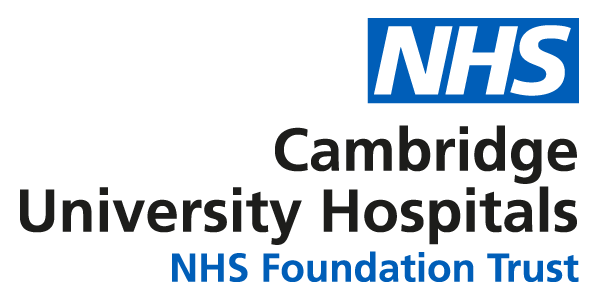An A-Z list of patient information leaflets is now available online.
This information can be printed from the website via your browser. If you are receiving care from one of our services, they can also provide a printed version to you on request.
Viewing content in another language
You can view the information in a number of different languages by using our 'accessibility tool' that is visible at the bottom of our website (bottom left on desktops and laptops). Select the tool to launch it, then choose the icon with national flags and pick language you require. Over 30 of the languages can be provided using our automated text to speech software.
Automated translation
This website provides automated translation and text-to-speech features to help make our content more accessible for users who prefer languages other than English. While these tools can be useful for general understanding, they rely on software algorithms and may produce errors or misinterpretations.
Automated translation systems can struggle to:
- Accurately convey the meaning of technical or specialised terms.
For example, "rapid-acting insulin" was incorrectly translated into Bengali as "quick drama insulin," misinterpreting "acting" as a theatrical term. - Preserve context, especially in medical or health-related phrases.
For example, "gestational diabetes – medication options" was translated as "gestational diabetes – alternative options," which is misleading and could be dangerous in the context of patient care. - Handle idiomatic expressions or grammatical nuances.
For example, the phrase "under observation" (commonly used to mean a patient is being monitored) could be mistranslated literally as "below observation," which changes the intended meaning. Similarly, the phrase "discharge summary" might be translated in a way that suggests "summary of a release," losing the medical context entirely.
These examples highlight the limitations of automated translation and the potential risks of misunderstanding critical information. We strongly recommend that you refer to the English version of the website as the definitive source of information.
For matters relating to health and well-being, always consult your doctor.
For more information visit our website accessibility page.
Accessibility
To improve the accessibility of our content we have published our patient information leaflets as web pages. Our accessibility toolbar that is featured at the bottom of our website (bottom left on desktops and laptops) can also be used to provide additional tools to improve your experience. Choose from a range of tools such as text to speech, increased font size and alternative colour contrasts.
For more information visit our website accessibility page.
Non-urgent advice: Update
Our online patient information is a work in progress. Not all leaflets are available online at the moment.
We are converting and adding leaflets on a weekly basis.
If you are receiving care from one of our services, they can also provide a printed version to you on request.
Patient information
Patient information A-Z

